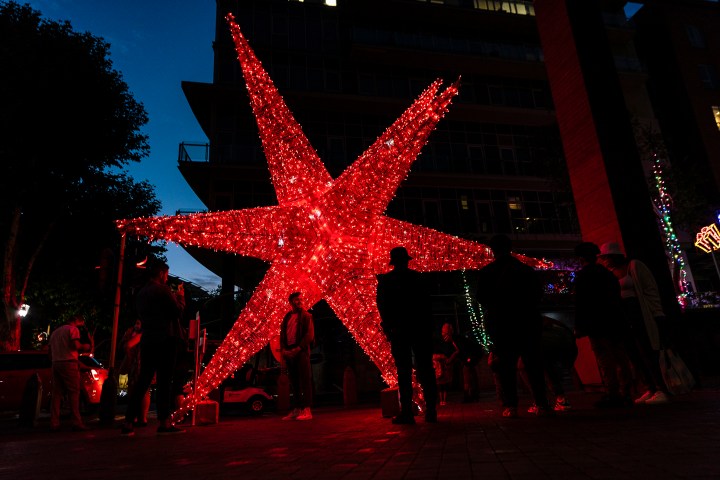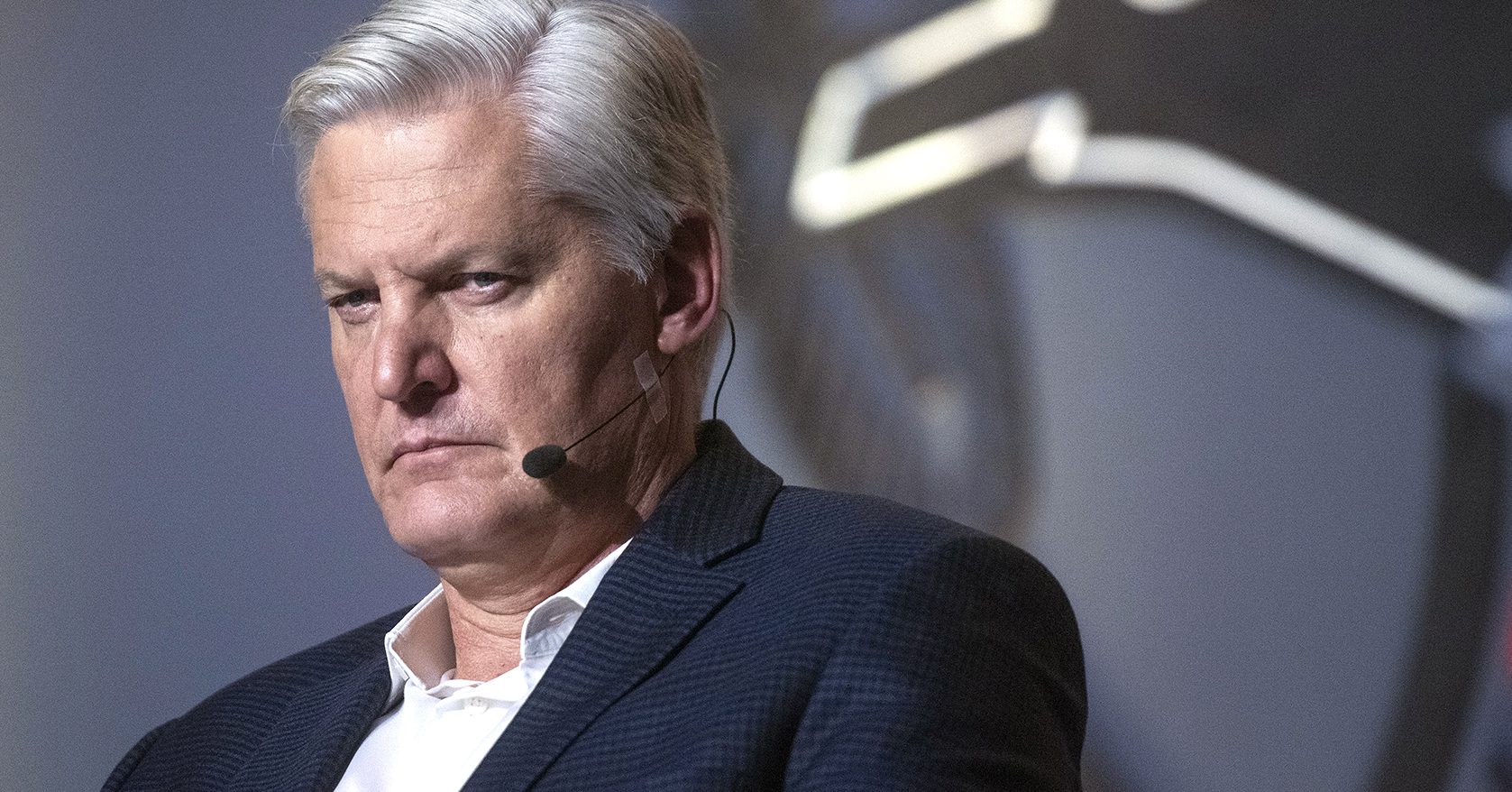FESTIVE SPIRIT DAMPENER
Eskom might be the Grinch that stole Christmas Day — as the risk of rolling blackouts is running high

At the same time, Eskom’s financial situation is deteriorating. The power utility has recorded losses for the second year in a row, it is losing the battle to recover electricity debt owed by municipalities, and is spending more money on its emergency generation fleet to avoid a total blackout. But encouragingly, its smothering debt levels are reducing.
Eskom has published its delayed annual financial results for 2022. They are as grim as its outlook for rolling blackouts over the Christmas period.
Eskom has not given a firm indication on whether households will get a reprieve from outages on Christmas Day or face more blackouts, which have been unrelenting and remained at higher stages (between Stage four and six) since early December.
Eskom chief operating officer Jan Oberholzer has acknowledged that while power usage would drop over the festive season as most businesses and intensive energy users usually shut down their operations, it doesn’t necessarily mean that the power utility would scrap rolling blackouts on Christmas Day.
“It is Eskom’s intention to not have load shedding over Christmas. However, we will monitor the system leading up to Sunday morning [on Christmas Day, 25 December], and then we will make the decision [on whether to implement load shedding,” said Oberholzer on 23 December, during a press briefing, where Eskom’s results for the year ending 31 March 2022 were presented.
Fragility of the power system
Oberholzer said Eskom does not foresee additional challenges on the electricity system in the next day and a half, adding that emergency reserves will be utilised to avoid rolling blackouts on Sunday. “We are going to utilise a lot of the emergency fleet, water and diesel volumes, to not have load shedding at least on 25 December,” said Oberholzer. He also cautioned that this outlook could easily change, considering the fragility of the power system.
Since 16 December, Eskom’s coal power stations have not been able to generate more than 16,500MW of power, which has led to higher stages of rolling blackouts becoming a permanent fixture. Eskom needs to keep breakdowns below 13,000MW to stave off the worst-case scenario of blackouts.
Further worsening the situation is that in recent days, Eskom has lost about 4,000MW at its various power stations; around 2,000MW arising from the breakdown of three units at Kusile Power Station, 918MW being taken out from Koeberg unit two, and 1,200MW from international imports.

The Kusile Power Station in Delmas, South Africa. (Photo: Bloomberg)
Eskom financial results
Eskom’s financial situation is as fragile as its electricity generating system. The power utility has extended its money-losing streak for two years as it has reported a financial loss of R12.3-billion during the 12 months ending March 2022. A year prior, Eskom pencilled in a financial loss of R25-billion. In other words, Eskom has reported a financial loss during its latest reporting period, but the extent of the loss is 51% less than a year ago.
______________________________
Visit Daily Maverick’s home page for more news, analysis and investigations
______________________________
Eskom results are delayed as the power utility should have submitted them to Parliament by 30 September 2022. But it only published the results three months later due to several reasons. These included the delayed appointment of external auditors and the need to restate its financials for the previous (2020/21) financial year, due to the reclassification of inventory, revaluation of property and equipment, and to ensure compliance with procurement regulations.
Eskom’s financial situation would have improved considering that its revenue generated from electricity sales grew substantially. Eskom’s revenue increased by R42.2-billion to R246.5-billion, mainly due to the standard tariff increase of 15.06% allowed by the energy regulator, Nersa. Also, intensive electricity users — including mining, industrial and rail companies — have fully restarted their operations after Covid regulations were eased, demanding more electricity from Eskom, and helping the power utility generate higher revenue.
But this revenue was wiped out by Eskom having to spend money on generating electricity from alternative sources as its power stations faced increased breakdowns. This left the power utility’s financial books in the red.
One of the increased expenses that Eskom faced was running its emergency generation fleet, which involved burning more diesel in its open-cycle gas turbines (OCGTs). Diesel is used for powering the OCGTs at Ankerlig and Gourikwa, which have a combined energy generation capacity of 2,000MW. The OCGTs are used to make up for a shortfall in generation capacity when there are outages and breakdowns at Eskom’s coal-fired stations.
If OCGTs run efficiently, they enable Eskom to avoid implementing higher stages of rolling blackouts. Eskom’s expenditure on Eskom-owned OCGTs increased to R10-billion during the year ending March 2022 compared to R4.1-billion a year earlier. This underscores how Eskom had to burn more diesel to avoid a total system collapse and blackout.
Unpaid outstanding debts
Impacting Eskom’s chances of generating revenue is that the power utility is losing the battle of getting local municipalities to pay the outstanding debt on electricity. The debt owed by municipalities increased to R44.8-billion (from R35.3-billion in 2021) of which Free State municipalities owed 35.2%, Mpumalanga municipalities owed 29.6% and Gauteng municipalities (mainly Soweto) owed 12.9%.

Eskom chief executive André de Ruyter at Daily Maverick’s The Gathering in Cape Town on 24 November 2022. (Photo: Gallo Images / Brenton Geach)
Since he was appointed as Eskom CEO three years ago, André de Ruyter has intensified collection efforts, going to the extent of dragging municipalities to court to have their bank accounts and assets (such as furniture) attached to recover outstanding payments. De Ruyter has also taken a less adversarial approach, opting to stay out of court by entering into payment agreements with municipalities. A total of 34 active payment agreements were in place with defaulting municipalities during the reporting, with only 10 agreements being fully honoured. Other municipalities simply ignored De Ruyter’s approach to grace.
The good news is that Eskom’s smothering debt is reducing. Gross debt and borrowings decreased by R5.5-billion to R396.3-billion. Eskom has repaid R38.9-billion but, at the same time, raised R33-billion of debt during the year. The government has committed to taking over a portion or “between one-third and two-thirds” of Eskom’s debt, the terms and conditions of which are still confidential.
Eskom’s chief financial officer Calib Cassim said Eskom plans to borrow money in debt capital markets to fund initiatives that target its generating fleet (through maintenance programmes and buying more diesel) in 2023. Cassim said considering that many municipalities are not paying their outstanding debt, Eskom will be forced to increase its borrowings from R44.5-billion to R58.1-billion next year. DM/BM


















 Become an Insider
Become an Insider
Comments - Please login in order to comment.